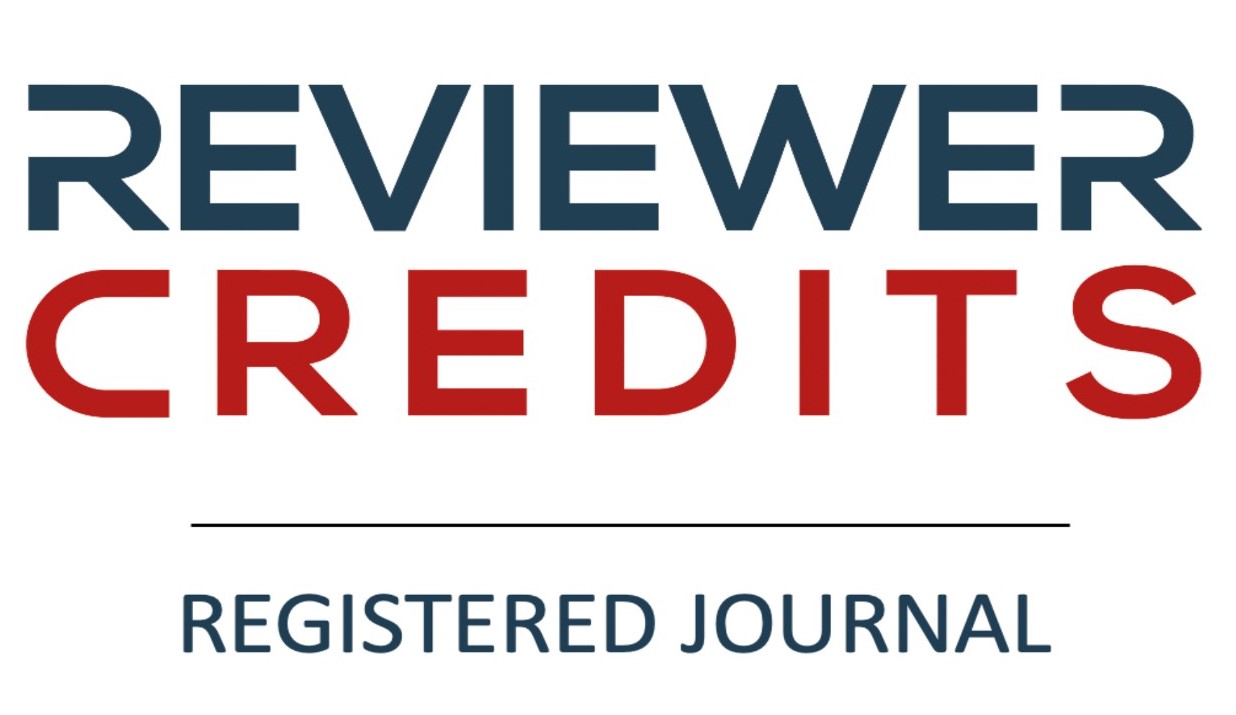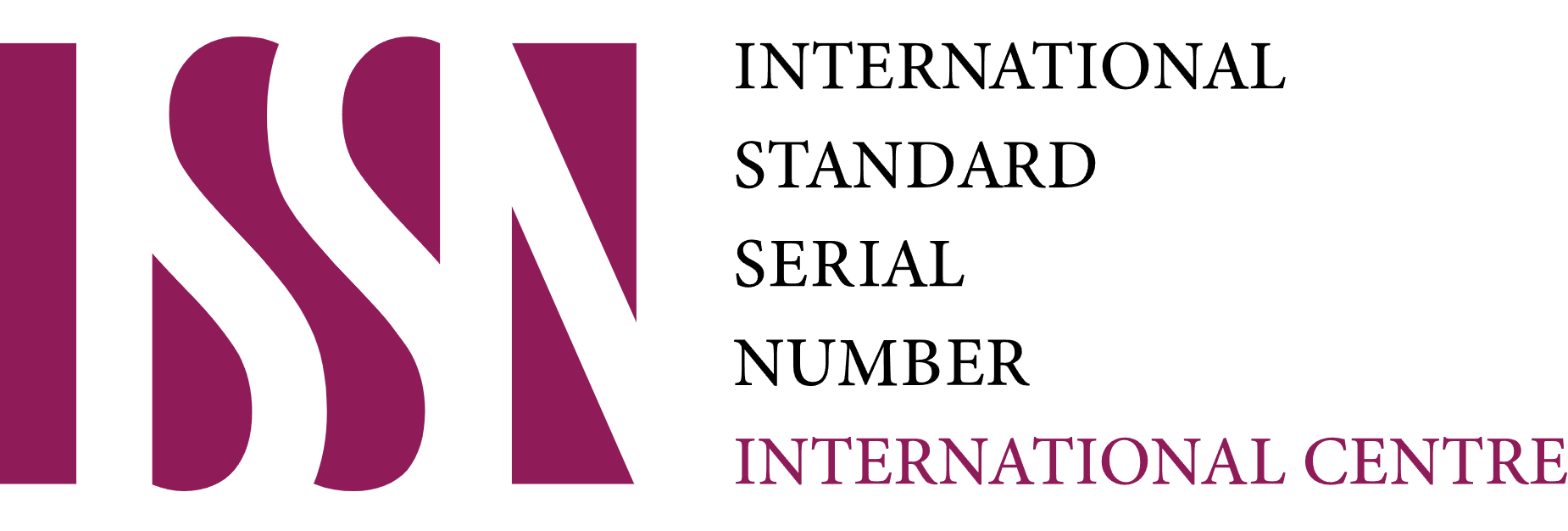HUBUNGAN KARAKTERISTIK SOSIAL EKONOMI DAN SISTEM SUMBERDAYA DENGAN KELEMBAGAAN MASYARAKAT PADA DAERAH PENYANGGA TAMAN NASIONAL GUNUNG HALIMUN SALAK (Studi Kasus di Kabupaten Bogor, Lebak dan Sukabumi)
DOI:
https://doi.org/10.51852/jpp.v2i1.226Abstract
Boundary area management is affected by four factors which are natural resources,
human resources technology and institutions. The aimed of this research was to analyze the
relationship between social economic dan the resource systems with community institutions
on boundary area of Halimun Salak Mountain National Park. The result showed that average
of respondents’ age was 44 years with education level was elementary school and junior high
school, income acerage was Rp 172,758.60/capita/month. The ownership of respondents house
was self owner. Mostly the ownership land status of samples was renting with narrow land
authorities. Income average of group members was Rp 412,500.00. The level of accessibility
and management’s rule locally was 76.43%. Meanwhile, the simplicity in implementing rules
level was 68.98%. Gradual sanction level was 67.75%. The accountability level of the
monitoring staff was 64.97%. Whereas, the level of relationship between resource system and
institutions management was 63.85%. The level collective commitment to formulate rules was
82.11%. The level of adjusting toward the rules gradually to all members was 62.78%. The
level of solving disagreement method was 59.22%. The level of controlling capability for the
resource purpose was 60.11%. The level of relationship between resource system and
institutions management was 58.50%. The level of low cost technology appropriateness was
36.05%. The time adaptation toward new technology was 1.91 months. The government fund
assisting for institutions/groups was Rp 14.533.333,33. Perception on institution had positive
correlation with education level and distance from their living area.
Downloads
Published
Issue
Section
License
Authors who publish with this journal agree to the following terms:
1. Copyright on any article is retained by the author(s).
2. The author grants the journal, right of first publication with the work simultaneously licensed under a Creative Commons Attribution License that allows others to share the work with an acknowledgment of the works authorship and initial publication in this journal.
3. Authors are able to enter into separate, additional contractual arrangements for the non-exclusive distribution of the journals published version of the work (e.g., post it to an institutional repository or publish it in a book), with an acknowledgment of its initial publication in this journal.
4. Authors are permitted and encouraged to post their work online (e.g., in institutional repositories or on their website) prior to and during the submission process, as it can lead to productive exchanges, as well as earlier and greater citation of published work.
5. The article and any associated published material is distributed under the Creative Commons Attribution-ShareAlike 4.0 International License













